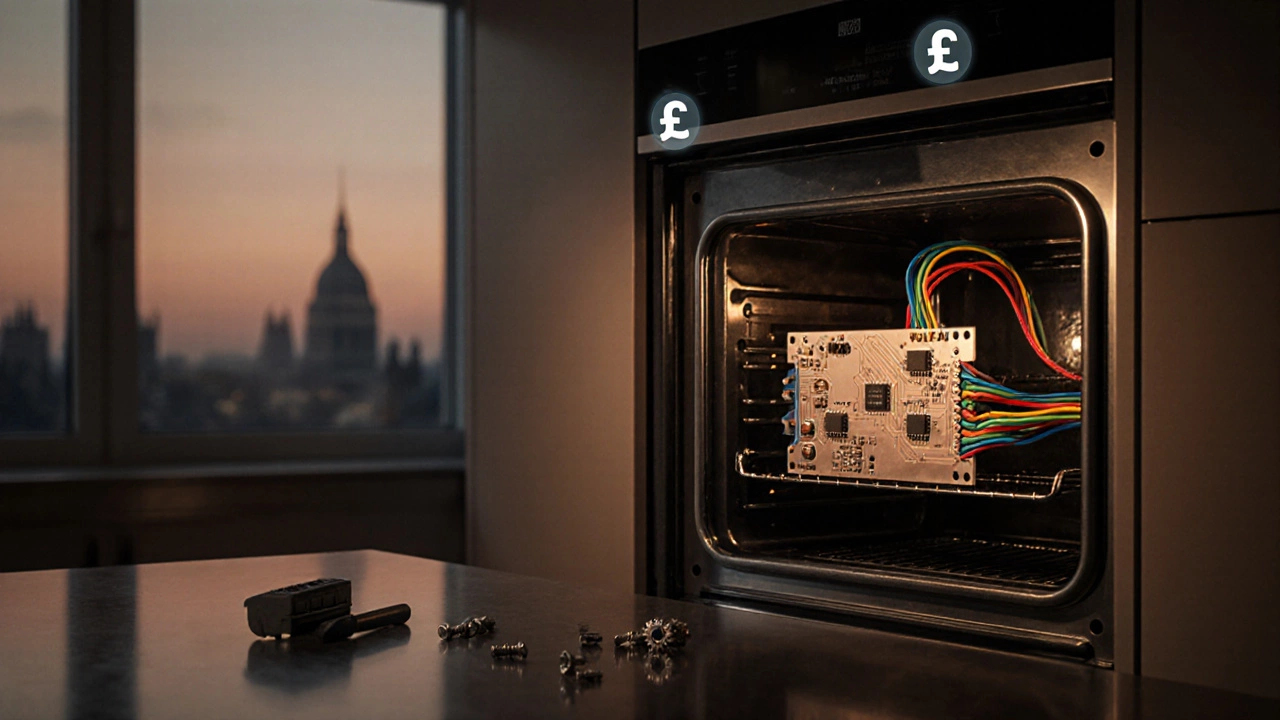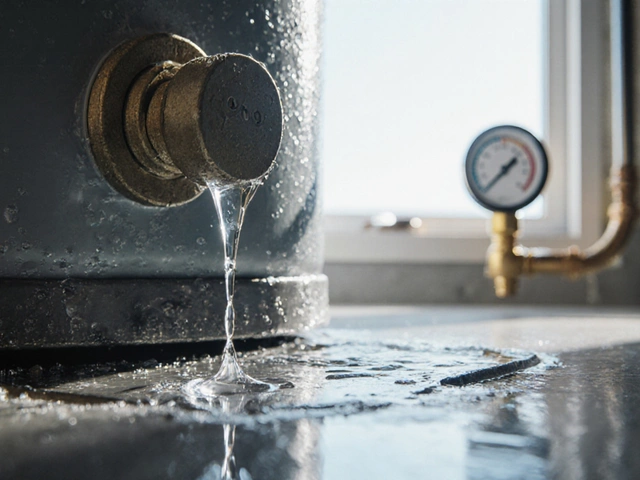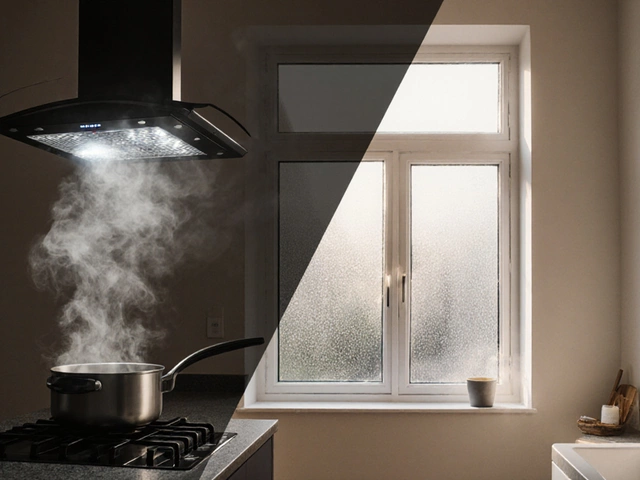When you’re staring at a dead oven, the first question is usually how much the fix will set you back. That’s where oven control board cost, the price for repairing or replacing the electronic circuit that runs your oven’s heating, timing and safety functions. Also known as oven PCB price, it can swing widely depending on a few key factors. A brand‑new board for a high‑end built‑in unit may cost three times more than a generic part for a freestanding model. Warranty coverage can shave the bill, but most manufacturers only honor the board for the first year. If the oven is out of warranty, you’ll need to factor in call‑out fees and possible extra parts like new connectors or heat‑shielding plates. Knowing the scope of the expense before you pick up the phone stops nasty surprises later on.
The oven control board, a printed circuit board that interprets temperature settings and controls burners is the heart of the appliance. Its price alone ranges from £80 to £250 for common models, but you also have to factor in labour, which typically adds £50‑£120. OEM (original equipment manufacturer) boards often carry a premium tag because they’re designed specifically for your oven’s make and model, while aftermarket or refurbished boards can lower the parts cost but may raise the risk of compatibility issues. Common signs that the board needs replacement include a display that won’t light up, erratic temperature readings, or error codes flashing during a bake cycle. When the board is part of a high‑end built‑in unit, the cost climbs because the part itself may be a specialty item and the technician needs extra time to access it.
In the broader picture, appliance repair cost, the total expense of parts, labour and any service call fees for fixing home appliances sets the ceiling for what you’ll pay. For an electric oven, a kitchen appliance that uses electricity to generate heat for baking and roasting, the control board is often the most expensive single component. If you already have a service agreement, the board price may be covered partially, pulling the overall repair cost down. Insurance policies sometimes reimburse the labour portion, but they rarely cover the part itself unless the failure is caused by an insured event like a power surge. Comparing quotes from a few local technicians can reveal a £30‑£50 spread in labour rates, which adds up quickly if you’re on a tight budget.
Three main things drive the final bill: part type, labour complexity, and the oven’s age. Newer models use proprietary boards, so the oven control board cost spikes (part + unique tooling). Older ovens may have generic boards that are cheaper, but locating them can be harder, raising labour time. A third factor is the diagnostic fee – many technicians charge a £30‑£45 call‑out before even opening the oven. Those three elements – part, labor, and diagnosis – form a semantic triple: Oven control board cost encompasses part price, requires professional labor, and includes diagnostic fees. Knowing this helps you budget more accurately and decide whether a DIY swap is worth the risk.
Armed with these insights, you can compare quotes, weigh DIY risks, and decide if a replacement makes financial sense. Below you’ll find a curated set of articles that break down common oven failures, show you how to test a faulty board, and explain when it’s smarter to replace the whole appliance. Dive in to get the practical tips you need before you pick up the phone.

Learn the typical UK price for an oven control board, factors that affect cost, DIY steps, and when to call a professional in 2025.

Water heater leaks usually come from five common spots: the pressure relief valve, anode rod, drain valve, tank corrosion, or pipe fittings. Learn where to look and how to fix it before it turns into a flood.

Explore whether you can live without an extractor fan, covering UK regulations, health risks, passive ventilation tricks, dehumidifier use, and when a mechanical fan becomes essential.

Repairing a glass hob is an essential task for maintaining a functional and modern kitchen. The cost of fixing a glass hob can vary greatly depending on the damage's severity and the required repair type. This article delves into the various factors influencing repair costs, from crack treatment to replacement solutions. It also provides tips for maintenance to prolong the lifespan of your hob and prevent future damage.

Is it possible for a hot water heater to last 30 years? Here’s a detailed look at what determines water heater longevity, what rare cases look like, and how you can extend your heater’s life with smart habits.

When your dishwasher starts acting up, a quick, accurate diagnosis can save you from bigger headaches and pricey repairs. This article walks through simple methods to spot dishwasher problems, from weird noises to stubborn leaks. You'll learn what to check first, how to tell if it's a DIY fix, and when it's time to call in a pro. Handy tips and real-life examples make this guide easy to follow, even if you're not a born handyman. Don't let a small hiccup become a kitchen disaster — know what to look for and act fast.